In the past two years, despite a series of challenges from the pandemic and climate change, Vietnam’s agriculture has remained the “support” of the country’s economy with a proud growth rate. However, how does our country’s agriculture develop sustainably?
VUCA – “Volatility, Uncertainty, Complexity, Ambiguity” – A term known since the 90s to describe the “multipolar” world that emerged after the Cold War. According to Forbes, America’s leading business magazine, the impact of environmental pollution, climate change, and disease outbreaks in recent years has brought the world into a state of VUCA. Agriculture is no exception to these four common attributes.
At the “Conference to review the work in 2021 and deploy the tasks in 2022”, the Ministry of Agriculture and Rural Development said, the added value of the whole industry (VA) in 2021 is estimated to increase by 2.85 – 2, 9%, of which agriculture increased by over 3.18%. The impressive growth results in the context of the Covid-19 pandemic have contributed to affirming that agriculture is the “pillar” of the Vietnamese economy.
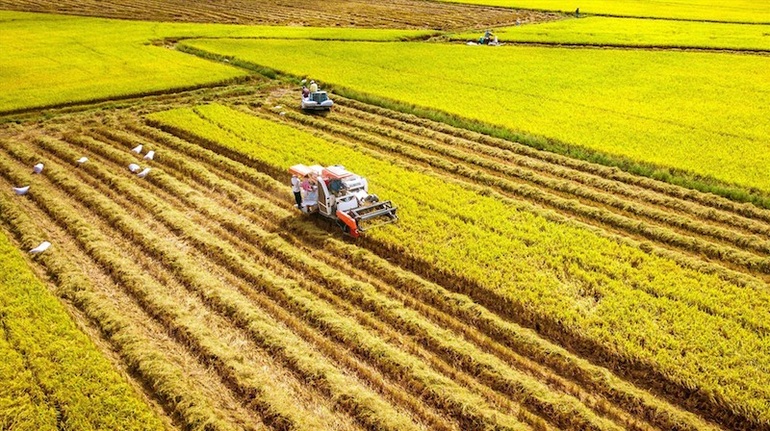
However, the world is at the stage of adaptation, living with the pandemic under the new normal. So, how does Vietnamese agriculture maintain its role as a “solid pillar” in the current “VUCA world”?
Approaching trends, changing to adapt – Solutions to help agriculture “surmount the storm”
In 2020, the first outbreaks of epidemics in our country are likened to a “golden test fire”, only businesses with enough internal resources can survive. But, the 4th outbreak in the second quarter of 2021 was like a “violent fire”, severely affecting farming, production and business activities in many localities. In that context, adaptability becomes vital to the survival of any economy, especially agriculture.
“The difficulty reveals the wisdom”, in the challenge reveals opportunities. Our agriculture industry is undergoing an amazingly rapid transformation. From an agriculture that favors productivity and output, we are gradually becoming a high-tech – ecological – responsible – sustainable agriculture.
At the enterprise level, many units are shifting from chasing prices to applying a circular economy model to optimize material flows, fully exploit the “quintessence” of products, while minimizing costs. production, environmental costs.
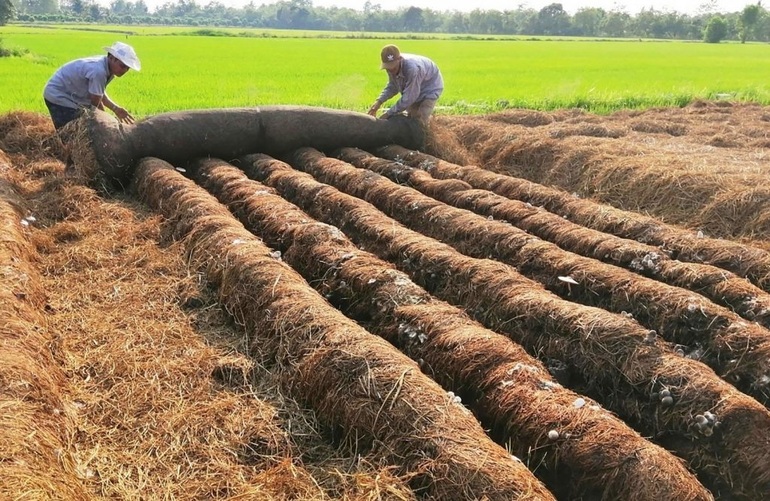
Minh Tien Coffee Group, known as one of the leading exporters of green coffee beans in Vietnam, is a typical enterprise in pioneering the successful application of the circular economy model in research and development. produced in our country.
A representative of Minh Tien Coffee Group commented: “Facing the challenges of mankind in general and Vietnam in particular in terms of increasingly depleted natural resources, environmental pollution and climate change, the development of Sustainable agriculture in the direction of a circular economy in production is an inevitable trend.”
Circular economy – “antibiotic dose” to bring agriculture to sustainable development
The circular economy with the core goal of aiming at economic development coupled with environmental protection has been effectively applied by many major powers. China has been promulgating the Circular Economy Promotion Law since 2008, helping to turn this billion-people country into the world’s second-largest economy.
Sweden is a leading country in the management and recycling of agricultural and food waste. In which, 53% of consumer plastic is recycled, 99% of household waste and agricultural waste are recycled into electricity, striving towards a zero-waste society.
In Vietnam, the “shadow” of circular economy in agriculture has appeared since the early 80s. In recent years, pressure from epidemics, depletion of resources, environmental pollution, climate change Increasingly urgent, this model is mentioned and applied more and more. In particular, agriculture is one of the fields that most clearly shows the sustainable value of the circular economy model.
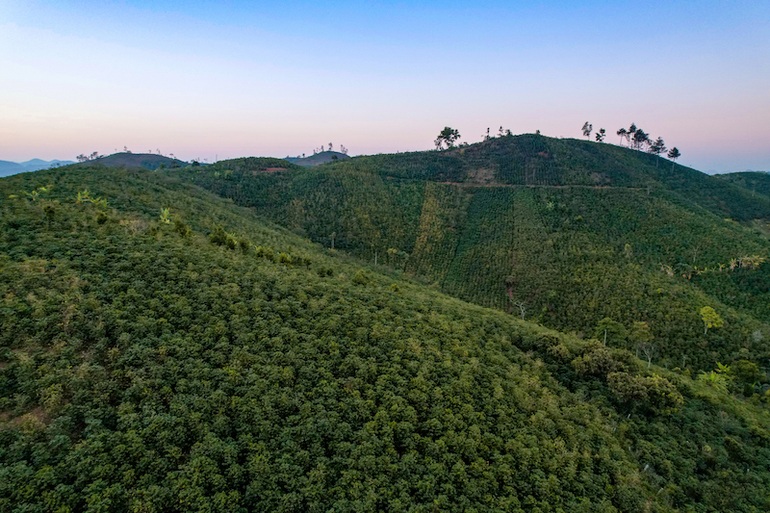
With the position of a “flagship” in the development of a product ecosystem based on the circular economy model in Vietnam, Minh Tien fully exploits all components of the coffee tree. By-products from the previous product processing will become the input materials of the next product in the ecosystem.
Specifically, coffee beans for export and production of finished coffee Coffilia; Coffee pods are collected to make Cascara Ha Chuc tea; Namigo biological products from rice husks and coffee grounds; Moc Khang organic fertilizer is derived from rice husks, coffee husks and some other non-recyclable ingredients, used by this business to take care of coffee plants on its raw material area.
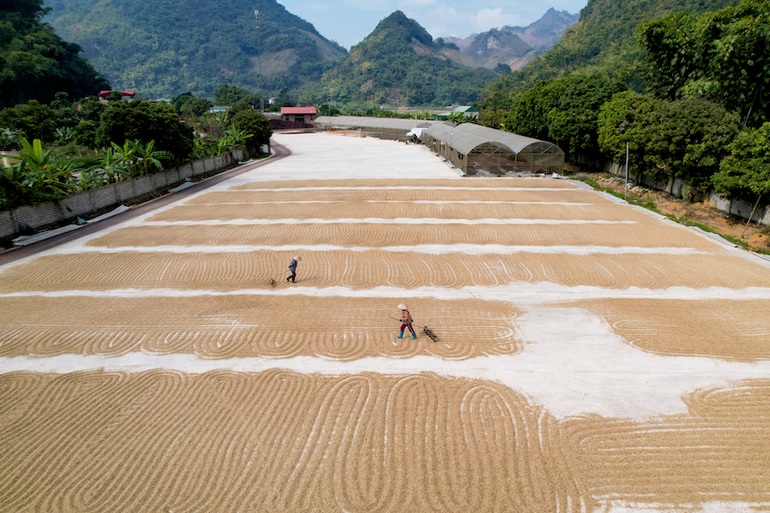
Thanks to innovative thinking, the circular economy model has helped Minh Tien bring “new life” to agricultural waste, radically reducing waste to the environment; significant savings in production costs, waste treatment costs; at the same time improve product quality, increase competitive advantage; bring many job opportunities to the community; make the most of the opportunity for sustainable development even during the pandemic.
“For many years, the development strategy of “Bringing wings to a green economy” has always been the core of all production and business activities of Minh Tien. Through its ecosystem, Minh Tien wishes to spread the model. model of the circular economy, inspiring the business community about the value and meaning of sustainable development,” shared a representative of Minh Tien Coffee Group.
Developing “green” agriculture in the direction of a circular economy cannot rely only on leading enterprises, but requires the synergy of ministries, departments, branches, business community nationwide and all people. people. Thereby, Vietnam’s agriculture can promote the “support” role of the economy in difficult times and become a “measurement” of the country’s sustainability.
Truong Thinh
Source: https://dantri.com.vn/king-doanh/nong-nghiep-tuan-hoan-thuoc-do-muc-do-ben-vung-cua-quoc-gia-20220106141204616.htm?gidzl=eRcp4yiB0L6XhxGGo1G4KAQdinRL6bHtH0lA7c

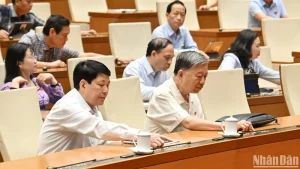
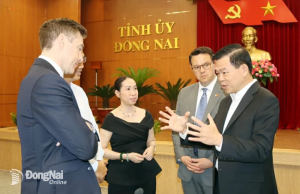
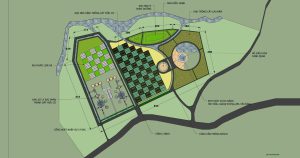
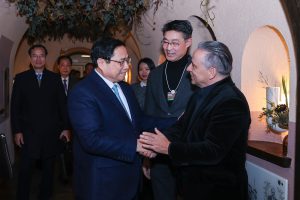
Leave a reply